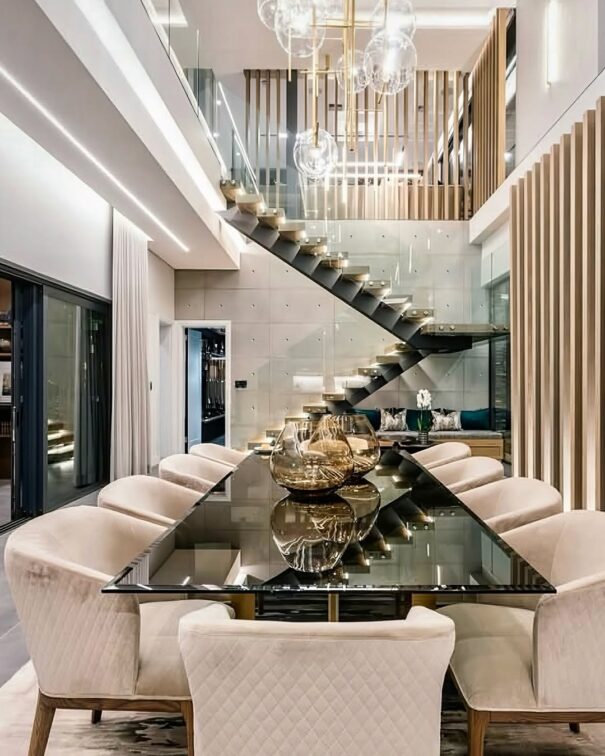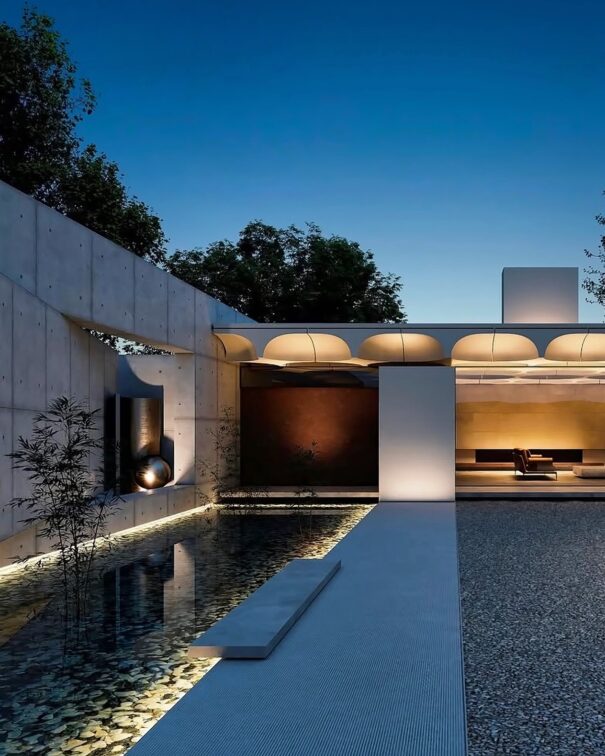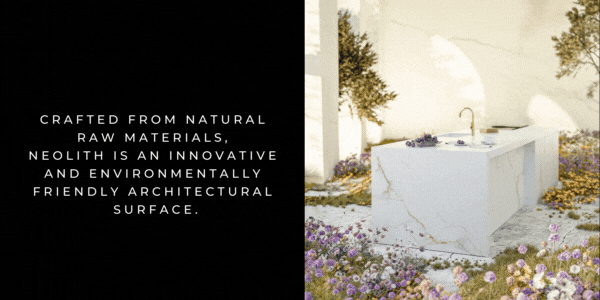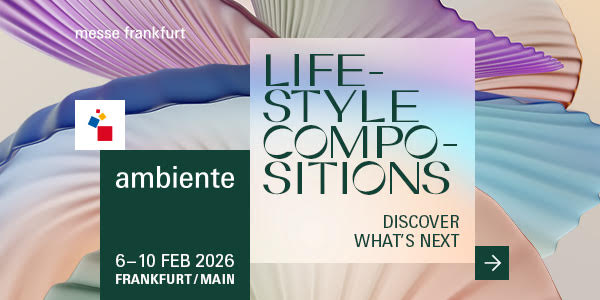How Float Concrete’s Lightweight Cladding is Revolutionising Thermal Efficiency in Architecture
Concrete cladding offers more than just a durable, visually striking facade, it plays a vital role in enhancing the energy efficiency of buildings. As the realities of climate change intensify and energy costs climb, architects, engineers, and developers are placing greater emphasis on sustainable materials that not only elevate design but also improve environmental performance.
Manufacturers of lightweight concrete cladding panels, here Float Concrete, shares the science behind its concrete cladding, how it optimises thermal efficiency and why it has become an essential element in the future of green architecture.
“Traditional concrete is known for its high thermal mass, meaning it absorbs, stores, and slowly releases heat,” says Float Concrete. “While this can help regulate indoor temperatures, it also means heat retention, which may not be ideal for all climates.”
“In contrast, lightweight concrete cladding works differently. Instead of storing heat, it primarily acts as an insulating barrier, reducing heat transfer and improving overall thermal efficiency. Unlike dense concrete, lightweight concrete has a lower thermal mass, meaning it doesn’t retain excessive heat. This helps prevent unwanted heat gain in summer and heat loss in winter, making buildings more energy-efficient.”
“In addition, traditional cladding materials, like brick or solid concrete, can create thermal bridges, where heat easily moves through the structure, reducing insulation performance. Lightweight concrete cladding minimises this issue, improving the building envelope’s energy retention. Because it reflects rather than absorbs heat, lightweight concrete cladding reduces cooling loads in warm climates. While in colder environments, it pairs well with additional insulation layers to enhance thermal efficiency.”
As building codes tighten and climate policies advance, Float Concrete’s concrete cladding is evolving to meet current demands. Offering thermal efficiency, integrated insulation, and eco-friendly solutions, Float Concrete’s lightweight concrete cladding is shaping the future of energy-conscious, future-proof architecture.
Contact: Float Concrete
Be more inspired here
You might also like...
-
Texture Takeover: Touch-Activated Design in Modern Spaces

Design is no longer just a visual experience — it’s becoming profoundly tactile. From bouclé chairs and raw timber finishes to velvet upholstery and fluted ...
-
Welcome to Spring: A Fresh Take on Choosing the Perfect Handles with Press Up Industries

Spring is the season of new beginnings, and there’s no better time to refresh your home’s look. If your kitchen, bathroom, or furniture pieces feel ...
-
Design Trends We Love This August – Featuring Woodcentre

As August blooms with creativity, we celebrate not only a new season of design inspiration but also the powerful women shaping the spaces around us. ...
-
Surface & Detail Elevation with Inspiration Wood

When it comes to shaping a memorable outdoor space, furnishings are only half the story. Walls, floors, ceilings – even boundary walls and façades ...


























